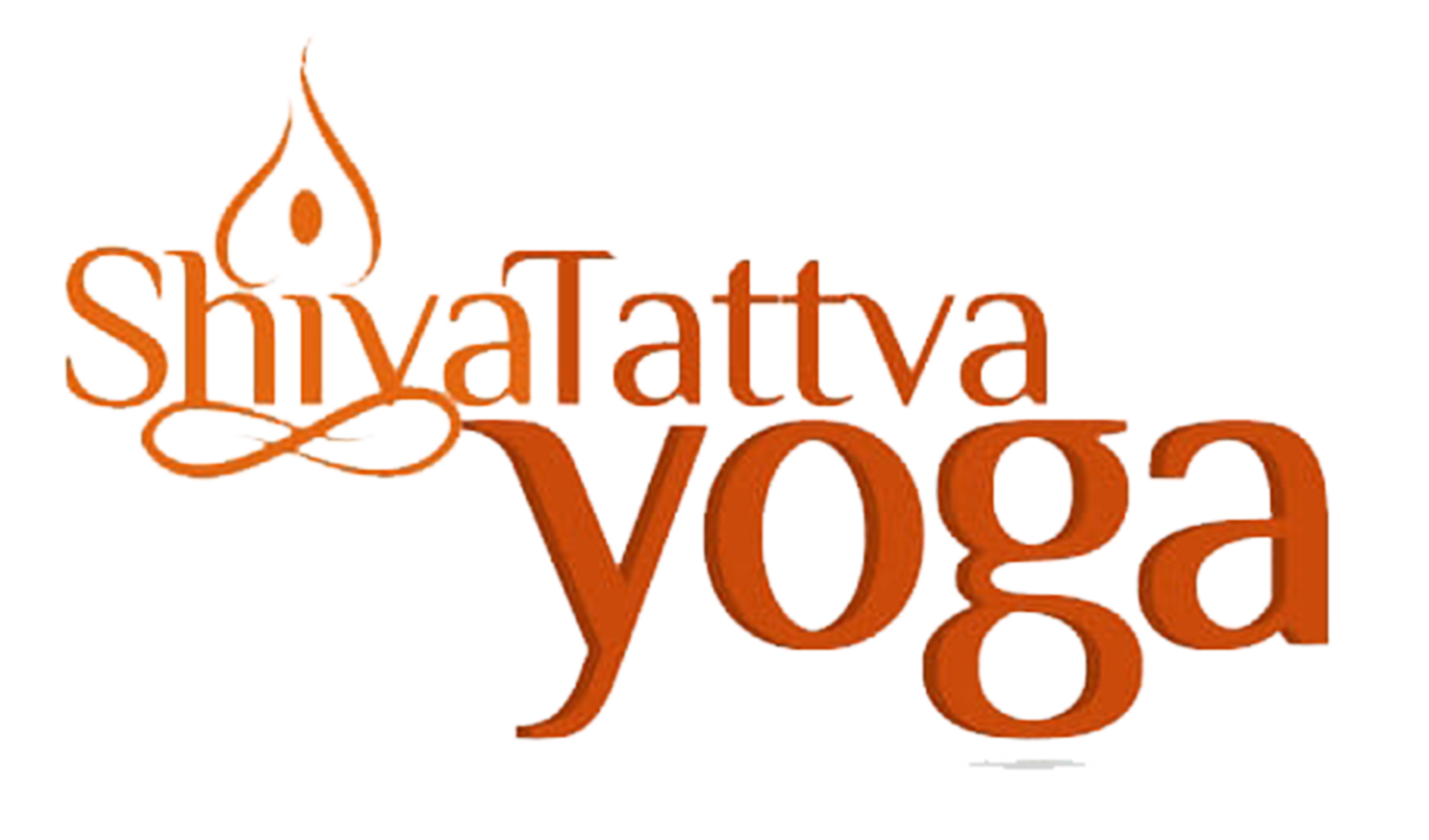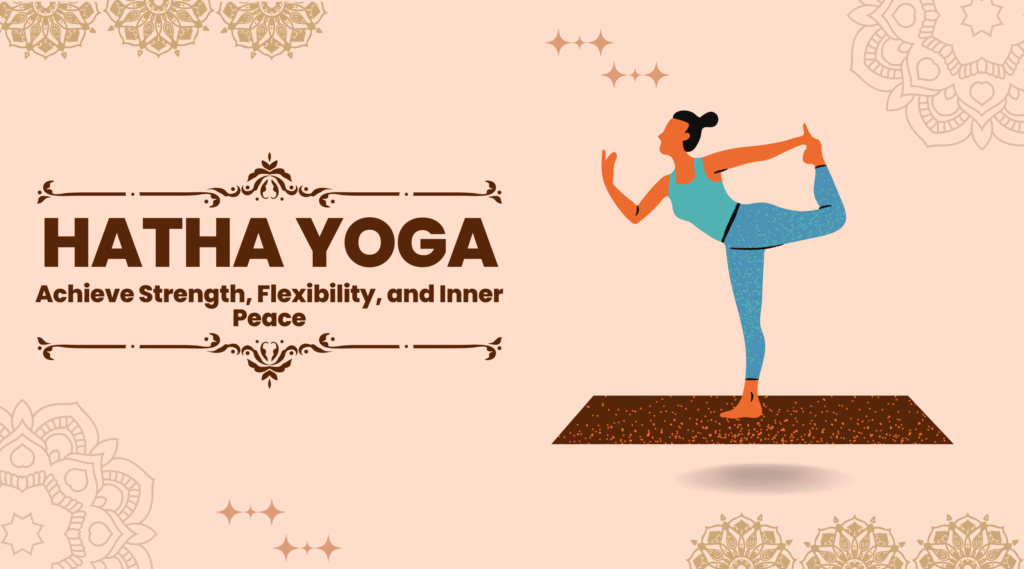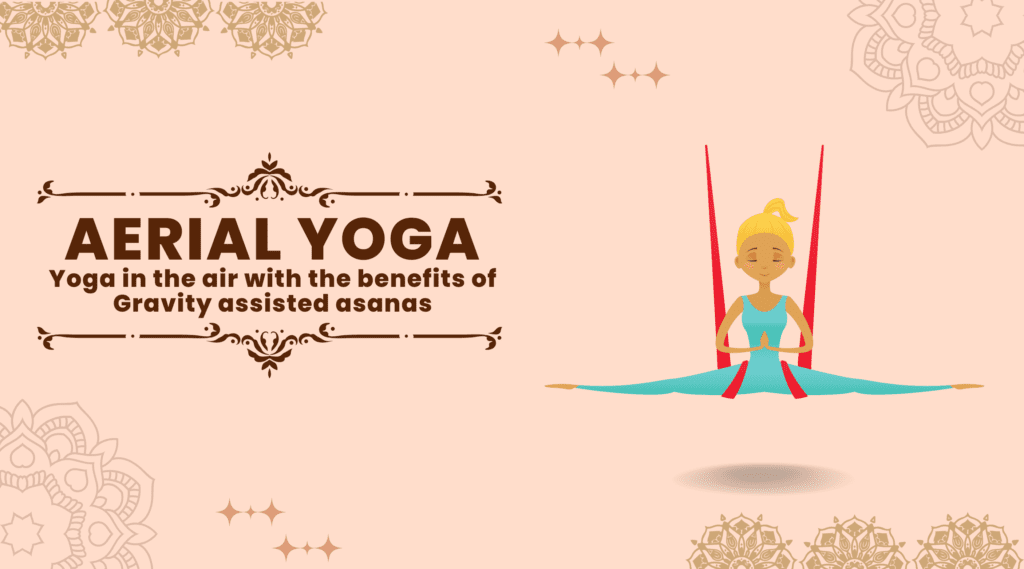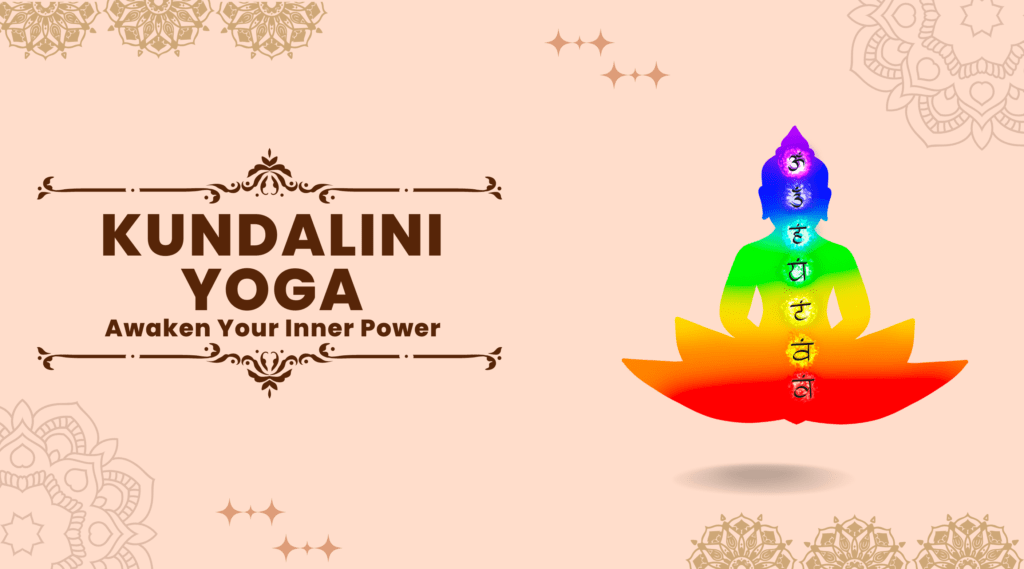Yoga for Athletes: Exploring Yoga as a Mental and Physical Boost for Athletes
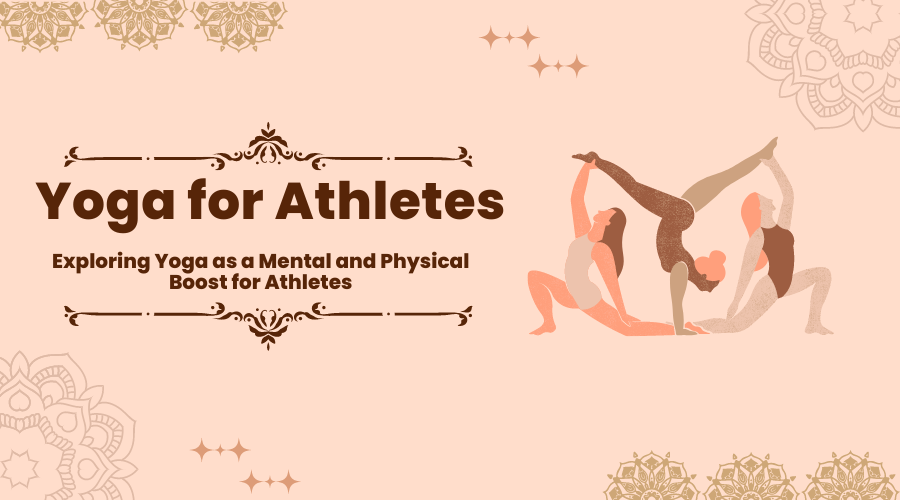
An Introduction
Yoga has been around for centuries and has become increasingly popular in recent years as a form of exercise and relaxation. Athletes, in particular, have discovered the benefits of incorporating yoga into their training routines. Yoga for athletes increase flexibility, improve balance, build strength as well as reduce the risk of injury.
Yet, the true magic of yoga for athletes extends beyond the physical realm. The mental aspects of yoga, such as mindfulness and meditation equip athletes with powerful tools to manage stress, anxiety, as well as the pressures of competition.
In this article, we will explore the benefits of yoga for athletes and also how it can enhance their performance. Yoga is a yogic practice that features a combination of asanas (physical postures), pranayama (breathing techniques) and meditation.
These three elements work together to promote physical as well as mental well-being. And hence, yoga can provide a low-impact workout for athletes that targets specific muscle groups, improves flexibility and helps to reduce stress.
Benefits of Yoga for Athletes
There are some key benefits of yoga that help athletes to elevate their performance such as:
1. Increases Flexibility
One of the most significant benefits of yoga for athletes is the increases flexibility that it provides. Many athletes, especially those who engage in high-impact activities such as running, can experience tightness in their muscles and joints.
Yoga can help to stretch these areas and improve range of motion. Athletes can decrease the risk of injury as well as improve their overall performance if they include yoga.
2. Improves Balance and Stability
Yoga poses require an athlete to engage their core muscles, which can help to improve balance and stability. This is particularly important for athletes who participate in sports that require quick changes in direction or balance such as basketball or soccer.
By practising yoga, athletes can develop greater control over their bodies, making them more agile and responsive.
3. Builds Strength
Generally, yoga poses can be challenging and require a significant amount of strength to hold. Therefore, by incorporating yoga into their training routine, athletes can build strength in their muscles, which can improve their overall performance.
Additionally, many yoga poses target specific muscle groups that may not be utilised in traditional workouts. Hence, it helps athletes to achieve a more well-rounded fitness regimen.
4. Reduces Stress and Enhances Mental Clarity
In addition to the physical benefits, yoga can also have a significant impact on an athlete’s mental health. Yoga is known for its ability to reduce stress and anxiety, which can be particularly beneficial for athletes who face a great deal of pressure to perform.
Additionally, practising yoga can help athletes to clear their minds, focus their attention as well as achieve a greater sense of mental clarity.
5. Helps to Prevent Injuries
Tight muscles and joints can increase the risk of sprains, strains as well as other injuries. Yoga improves flexibility, balance and strength, therefore, it helps athletes in preventing injuries.
So, by incorporating yoga into their training regimen, athletes can reduce the likelihood of these types of injuries occurring.
Types of Yoga for Athletes
There are several types of yoga that can be particularly beneficial for athletes such as:
1. Vinyasa Yoga
Vinyasa yoga is a fast-paced style of yoga that focuses on flowing movements that are synchronised with the breath. This style of yoga can be particularly beneficial for those athletes who want to improve their cardiovascular endurance, build strength and increase flexibility.
2. Hatha Yoga
Hatha yoga is a slower-paced style of yoga that focuses on holding poses for an extended period of time. This style of yoga can be particularly beneficial for those athletes who want to improve their flexibility and balance.
3. Restorative Yoga
Restorative yoga is a gentle style of yoga. It also involves holding poses for an extended period of time. This style of yoga can be particularly beneficial for the athletes who are recovering from an injury or who want to reduce stress and improve relaxation.
4. Power Yoga
Power yoga is a more intense style of yoga that focuses on building strength and endurance. This style of yoga can be particularly beneficial for those who want to improve their overall fitness level.
Tips for Incorporating Yoga for Athletes
If you are an athlete looking to incorporate yoga into your training routine, here are some tips to help you get started:
1. Start Slowly
If you are trying yoga for the first time, it is good to start slowly and then gradually raise the level of your practice. Do not over practise because this can lead to injury.
Start with a beginner’s class or a gentle style of yoga and then work your way up to more challenging poses and classes.
2. Consult with a Yoga Teacher
Consider consulting with a yoga teacher who has experience particularly working with athletes. An experienced yoga teacher can help you to develop a yoga practice according to your specific needs and goals.
He can also help you to modify poses or sequences to ensure that you are practising safely and effectively.
3. Make Yoga a Regular Part of Your Routine
To see the benefits of yoga, it is important to make it a regular part of your daily training routine. Aim to practise yoga at least two to three times a week or more if possible.
You can also try to incorporate yoga into your warm-up or cool-down routine to help you prepare for or recover from your workouts.
4. Focus on Breathwork
Breathwork is an essential part of yoga practice and can be particularly beneficial for athletes. Therefore, always try to focus on your breath during your yoga practice. It will help you to relax, increase your energy as well as focus your attention.
5. Use Yoga Props
Yoga props, such as blocks, straps or bolsters can be helpful tools for athletes who are new to yoga or who have limited flexibility. Props can help you to modify poses, deepen your stretch, or provide support during challenging poses.
We can incorporate yoga for almost all kinds of athletes, out of which we are discussing some of them here:
Yoga for Soccer Players
Soccer players can incorporate yoga poses such as cat-cow, sun salutations, lunges, lizard pose, low lunge, pigeon pose, tree pose and warrior III etc. Apart from that they can include breath work also. The same combination of poses is good practice of yoga for footballers also.
Yoga for Basketball Players
Basketball players can also include yoga poses in their training routine. Yoga poses such as standing forward folds, cat-cow, sun salutations, pigeon, lunges, seated forward folds, warrior III pose and tree pose are good for them. They should also include breathing techniques.
Yoga for Powerlifters
Powerlifters should include yoga poses such as downward dog, pigeon pose, and lizard pose for flexibility. While they should include tree pose, warrior III and chair pose for strength in the legs, core as well as upper body. Add breath work also.
Conclusion
In a world that often glorifies pushing boundaries to the extreme, yoga offers a counterbalance by emphasizing the importance of self-care, moderation, and self-compassion. It encourages athletes to view themselves as multidimensional beings, deserving of attention not only to their physical prowess but also to their mental and emotional well-being.
Through a combination of asanas, pranayama, and mindfulness practices, athletes can experience enhanced flexibility, improved joint mobility, and a strengthened core. This foundation translates directly to better athletic performance, reduced risk of injuries, and an increased ability to adapt to various physical demands.
Therefore, yoga can be a valuable addition to an athlete’s training routine, providing numerous physical and mental benefits. By starting slowly, consulting with a yoga teacher, making yoga a regular part of your routine, focusing on breathwork, listening to your body, and using yoga props, athletes can incorporate yoga into their training regimen safely and effectively.
You Can Also Read This:
